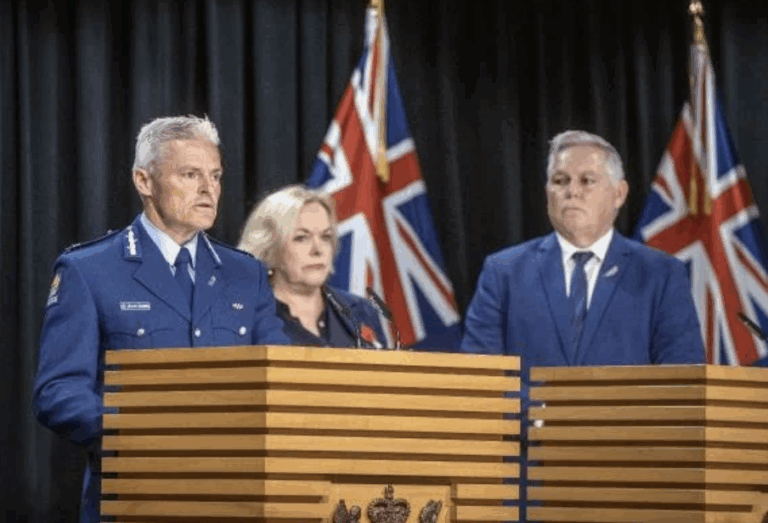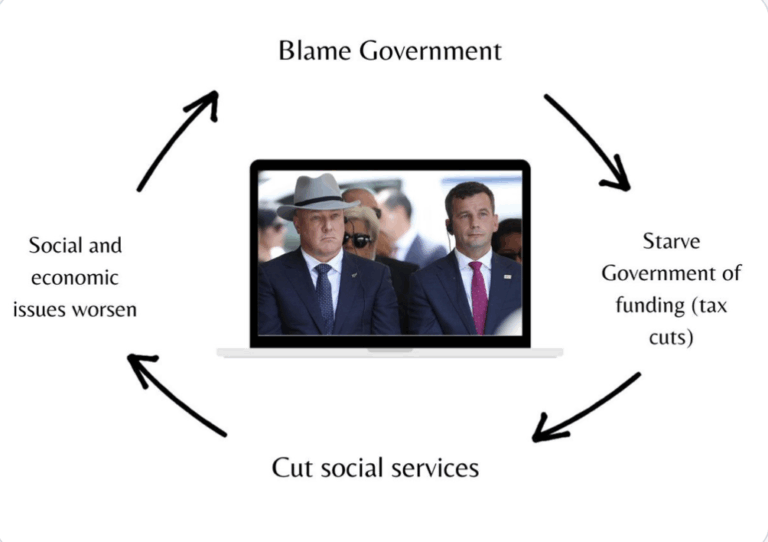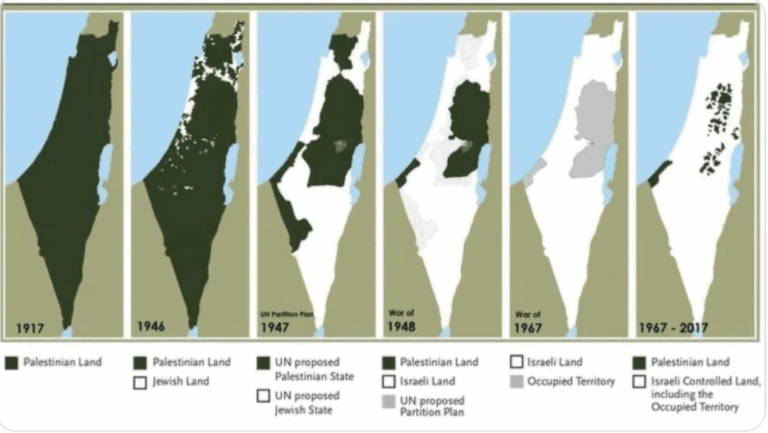In Occupied Palestine
Zionism in practice
Israel’s Daily Toll on Palestinian Life, Limb, Liberty and Land
08:00, 09 November 2025 until 08:00, 10 November 2025
Sanction Israel
Gaza: death, injury and sickness totals continue to rise
Victims 08 November – 09 November 2025:
2 dead – 3 wounded
Total killed 69,176
Total wounded 170,690
Since dawn, Israeli air strikes, missile–launches and gunfire on homes, as well as medical and other facilities, have resulted in one person dead and six wounded. Civil Defence crews retrieved one more body from underneath bomb-damaged property, bringing the total number now killed in Gaza, since 7 October 2023, to at least 69,179. The total wounded is now at least 170,693. The daily average number of men, women and children killed in Gaza is at least 90 and, that of those injured, is more than 223. A UN report states that, as of 14 January 2025, around 70% of those killed in Gaza were women and children.
UN OCHA Gaza Humanitarian Response – Situation Report No. 17
8 and 9 November 2025
The quantity of food assistance brought into the Strip remains insufficient; partners need more access to multiple key roads inside Gaza, in addition to more crossings to open. Partners continue to face administrative restrictions and access challenges across all corridors for delivering food to Gaza. Most international organisations are not given authorisation to bring in food assistance.
At present, only the Kerem Shalom and Kissufim Crossings in southern Gaza remain open and operational. It has been 59 days since the last aid convoy entered Northern Gaza via Zikim Crossing, which was closed on 12 September. Read more . . .
ZANDLAND has been commissioned by ITV to produce a brave, bold, and unflinching new documentary examining the human and ethical dimensions of the Israel Gaza war.
Published 07 November 2025
Breaking Ranks: Inside Israel’s War presents the first-hand recollections of IDF soldiers who have broken official silence to share their experiences of the war in Gaza – accounts that may raise serious questions about conduct on the ground and potential breaches of international law.
Directed by award-winning filmmaker Ben Zand, the film features exclusive interviews with Israel Defense Forces (IDF), reservists and veterans – many speaking for the first time – who served during the war in Gaza.
Their testimonies describe what they recall as indiscriminate bombardment, instances where Palestinian civilians were used as human shields, and an operational culture that some soldiers characterised as “no innocents in Gaza.”
https://www.youtube.com/watch?v=QGtG9TvRkXo
West Bank
Since midnight on 07 October 2023, Israeli Occupation forces have been imposing a complete closure of the West Bank, with the exception of approved diplomatic and international missions and humanitarian requirements.
Israeli Army attack – 1 wounded: Jerusalem – 16:55, Israeli Occupation forces opened fire, from the Annexation Wall adjacent to Al-Ram, towards people trying make their way to work in the city, wounding and hospitalising one person: Qais Suhail Alawneh.
Israeli Army attack – 1 wounded: Jenin – the Israeli Army, firing live ammunition, continued to storm the city as well as the refugee camp.
Israeli Army attack: Tulkarem – Israeli soldiers, firing live ammunition continued to storm the city as well as the Tulkarem and Nur Shams refugee camps, invading and occupying homes.
Home invasions and seizure for settlement: Jerusalem – 10:30, the Israeli Occupation seized three houses in the Silwan neighbourhood, for the benefit of settlement associations, claiming that the land belongs to the settlers.
Home invasions – 2 taken prisoner: Tulkarem – 02:10, Israeli forces raided the towns of Deir al-Ghusun and Beit Lid, searching several homes and taking prisoner two people.
Home invasion and demolition: Salfit – 10:55, the Israeli Army raided the town of Bruqin and demolished a prisoner’s family home.
Home invasions and terrorism Hebron – 16:50, Occupation settlers raided the Al-Fakhit area in Masafer Yatta, searching homes and sheep–pens and threatening to steal a number of sheep.
Israeli police and settlers’ mosque violation: Jerusalem – 08:00, Israeli settlers, escorted by Occupation police, invaded the Al-Aqsa Mosque compound and molested worshippers.
Israeli Army violence – 2 injured: Jerusalem – Occupation forces beat-up and severely injured two people, Jamil Jamal Marar and Mahmoud Marar, near the village of Beit Duqqu.
Israeli Army population–control – olive harvest sabotage: Bethlehem – 11:35, Israeli forces prevented farmers from accessing their land, to harvest olives in the Wadi Salem area of Nahalin.
Occupation settlement development – land-grab: Jerusalem – Israeli settlers established a new settlement outpost on seized land, near the Bedouin communities of Abu Ghalia and Al-Ara’ara, east of Anata, where they began construction work and parking areas for mobile homes.
Occupation settler – olive harvest sabotage: Jerusalem – Israeli Occupation settlers assaulted working olive harvesters in the Kroum al-Hara’iq area of Beit Duqqu village, as well as other workers trying to reclaim agricultural land. One bulldozer was destroyed and workers’ computers were stolen from them.
Occupation settler stoning: Ramallah – 19:50-21:00, Occupation settlers stoned passing vehicles, on the road between Deir Dibwan and the village of Rammun.
Occupation settler stoning: Tubas – Israelis, from the Maskiyot settlement, stoned passing vehicles at the nearby road junction on Route 90, in the North Jordan Valley.
Occupation settler – water crime and population–control: Tulkarem – Israeli settlers cut off the water supply to the village of Al-Nazlah Al-Sharqiya and prevented people from accessing the Al-Maghraqa area near the village.
Occupation settler – olive harvest sabotage: Qalqiliya – 15:45-17:00, Israeli Occupation settlers assaulted olive harvesters, on land north of the village of Kafr Qaddum.
Occupation settler – population–control: Nablus – 08:00, Israeli settlers invaded the outskirts of Burin village and blocked the road leading to a family home.
Occupation settler – population–control: Nablus – 08:45, Occupation settlers intercepted a bus carrying students, from the Bedouin community near Duma village, and prevented them from reaching their schools.
Occupation settler – arson and agricultural sabotage: Nablus – 19:30, Israeli settlers set fire to crops on land in the Al-Jisr area of Majdal Bani Fadil village.
Occupation settler land-grab: Salfit – 14:25, Israeli Occupation settlers began building agricultural access roads on land seized, in the west of Deir Ballut.
Occupation settler terrorism: Jericho – 16:00–17:00, Israeli settlers raided the Al-Auja Waterfall area and terrorised residents while roaming among their homes.
Occupation settler – agricultural and olive harvest sabotage: Bethlehem – 10:05-12:45, Occupation settlers grazed sheep and cut off branches from olive trees and grapevines, in the Wadi Saif area of Beit Fajjar.
Occupation settler terrorism: Hebron – 09:20-11:10, an Israeli settler pursued terrified schoolchildren, near the Ibrahimi Mosque, and invaded the Ibrahimi School while Israeli Occupation forces detained the school Principal.
Occupation settler – population–control: Hebron – 10:05, Israeli settlers blocked roads providing access to Al-Burj village agricultural land.
Occupation settler – olive harvest sabotage: Hebron – 11:25, Occupation settlers cut off branches from approximately 70 olive saplings, in the Al-Tabana area of Masafer Yatta.
Occupation settler – pastoral sabotage: Hebron – 11:25, Israeli settlers pursued a working shepherd, Shehadeh Makhamra, in the Asfi area of Masafer Yatta, injuring a youngster and attemptingto steal several sheep.
Raid: Jerusalem – 20:50, Israeli Occupation forces raided and patrolled the town of Al-Ram.
Raid – 2 taken prisoner: Ramallah – 04:20, Israeli forces raided the town of Birzeit, taking prisoner two people.
Raid: Ramallah – 12:40-14:00, the Israeli Army raided and patrolled the village of Deir Jarir.
Raid: Ramallah – 17:05, Israeli troops raided Beit Rima as well as the village of Nabi Saleh.
Raid – 1 abduction: Ramallah – 17:05, the Israeli military raided the village of Aboud and abducted a youngster.
Raid – 1 abduction: Ramallah – 01:30-03:00, Israeli soldiers raided the village of Deir Abu Mash’al and abducted a youngster.
Raid: Ramallah – 03:40, Israeli Occupation forces raided and patrolled the town of Beitunya.
Raid – 1 taken prisoner: Ramallah – dawn, Israeli forces raided the town of Beit Liqiya, taking prisoner one person.
Raids: Qalqiliya – 09:25-14:05, the Israeli Army raided and patrolled the villages of Beit Amin and Azzun Atma.
Raid – 2 taken prisoner: Qalqiliya – 16:55, Israeli troops raided the town of Hablat, taking prisoner two people.
Raid – 1 taken prisoner: Qalqiliya – 03:15, the Israeli military raided the city, taking prisoner one person.
Raid: Jenin – 09:35, Israeli soldiers raided and patrolled the village of Faqua.
Raids: Jenin – 10:45, Israeli Occupation forces raided and patrolled Silat ad-Dhahr, as well as the village of Fandaqumiya.
Raids: Tubas – 22:40–02:10, Israeli forces raided the city, Aqaba and Tammun as well as the village of Tayasir.
Raids: Tulkarem – 14:00, the Israeli Army raided and patrolled Zita and Allar, as well as the villages of Nazlat Issa and Saida.
Raid: Tulkarem – 18:00-22:20, Israeli troops raided and patrolled the town of Kafr al-Labad.
Raid: Nablus – 08:15, the Israeli military raided and patrolled the village of Sarra.
Raid: Nablus – 11:05, Israeli soldiers raided and patrolled the village of Tell.
Raid: Nablus – 13:05, Israeli Occupation forces raided and patrolled Asira al-Shamaliya.
Raid – 1 taken prisoner: Nablus – 15:20, Israeli forces raided the village of Madama, taking prisoner one person.
Raid – rubber-coated bullets and stun grenades fired: Nablus – 20:50, the Israeli Army, firing rubber-coated bullets and stun grenades, raided the village of Burin, detaining for a time three villagers.
Raid – 4 taken prisoner: Nablus – 12:40-02:50, Israeli troops raided the city, taking prisoner four people.
Raid – 1 abduction: Nablus – 20:40–22:00, the Israeli military raided the town of Beit Furik and abducted a 16-year-old youth: Muhammad Rabih Allan Khatatba.
Raid: Salfit – 23:50–03:05, Israeli soldiers raided the town of Bruqin.
Raid – 7 taken prisoner: Salfit – 00:55–03:05, Israeli Occupation forces raided Qarawat Bani Hassan, taking prisoner seven people.
Raid: Jericho – 10:05, Israeli forces raided and patrolled the town of Al-Auja.
Raid – 1 taken prisoner: Jericho – 00:40–03:10, the Israeli Army raided the city, taking prisoner one person.
Raid – population–control: Bethlehem – 12:00, Israeli troops raided the village of Al-Walaja and ordered two residents to report for interrogation at Israeli Military Intelligence.
Raids: Bethlehem – 21:15-02:20, the Israeli military raided and patrolled al-Ubeidiya and Za’tara as well as the villages of Dar Salah and Al-Shawawra.
Raid: Hebron – 10:10, Israeli soldiers raided and patrolled the city.
Raid: Hebron – 10:10, Israeli Occupation forces raided and patrolled the town of Dura.
Raid – 1 taken prisoner: Hebron – 11:55, Israeli forces raided the town of Beit Ummar, taking prisoner one person.
Raid – 3 taken prisoner: Hebron – 12:55, the Israeli Army again raided Beit Ummar, taking prisoner three more residents.


















